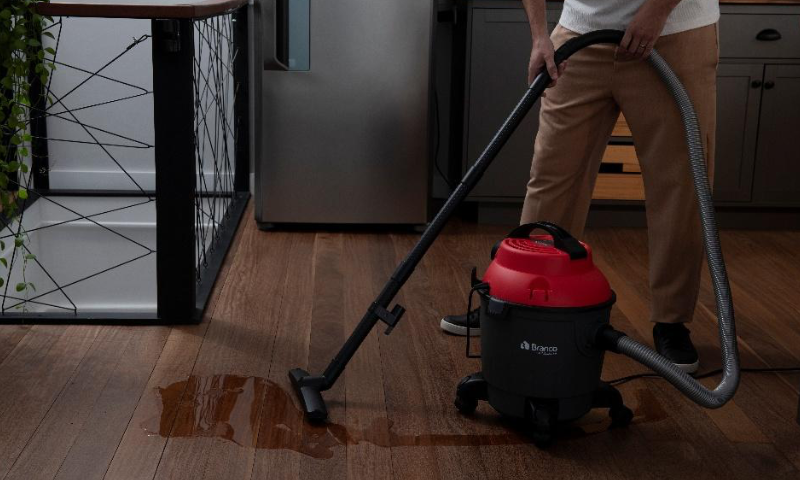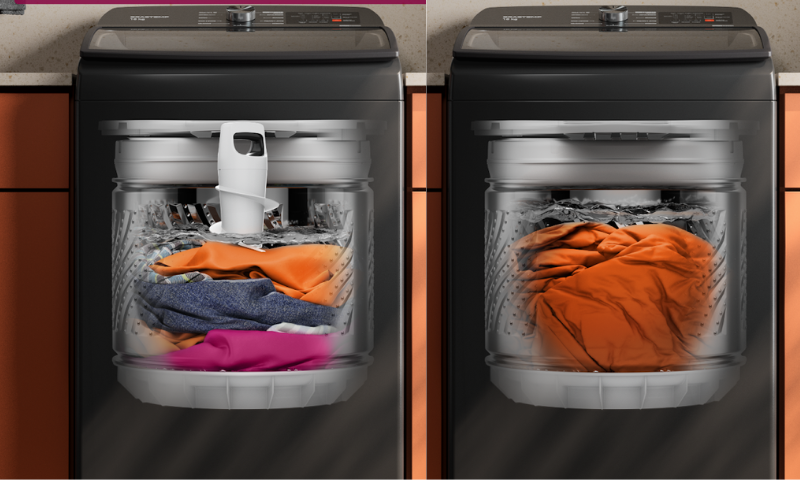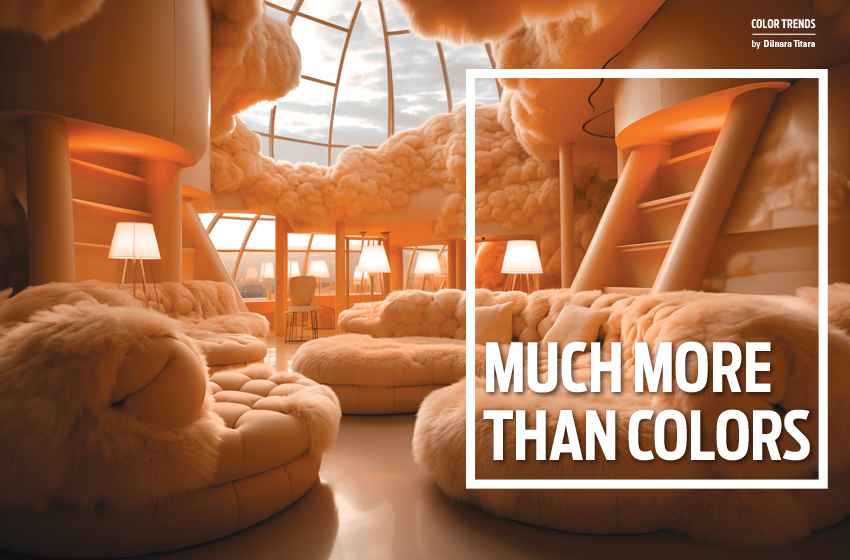
Much more than colors
With the advancement of technology and the pursuit of products that align functionality and design, color trends have become a necessity for the home appliance and consumer goods industries. Consumers are increasingly attentive to new developments and seek products that match their kitchens and table settings.

by Dilnara Titara
Colors play a fundamental role in home environments. They directly influence mood, sensations, and even people’s behavior. Each color has its own psychological and aesthetic impact, and the right choice can completely transform a space. In today’s context, color trends are increasingly connected to feelings of comfort, sustainability, and functionality.
Consumers are not just looking for efficient products. Aesthetics and visual harmony play a crucial role in purchasing decisions. In this context, Pantone®, the global authority on color, provides important insights into the shades that will be present in products in the coming years, drawing from global influences in fashion, style, behavior, economy, art, sports, and the relationship between humanity and nature.
“Current color choices seek to align products with ecological and social demands, creating solutions that not only meet aesthetic appeal but also reflect a commitment to the environment.”

For the home appliance and consumer electronics industry, understanding and anticipating color trends can be a competitive advantage. The process of selecting colors for the year is extremely meticulous and careful, says Blanca Lliahnne, founder of Lexus Groupe, the official distributor of Pantone® colors in Brazil and a color expert. “It’s not just one color that is determined; its selection is made based on the message it naturally carries.”
The evolution of colors in the kitchen
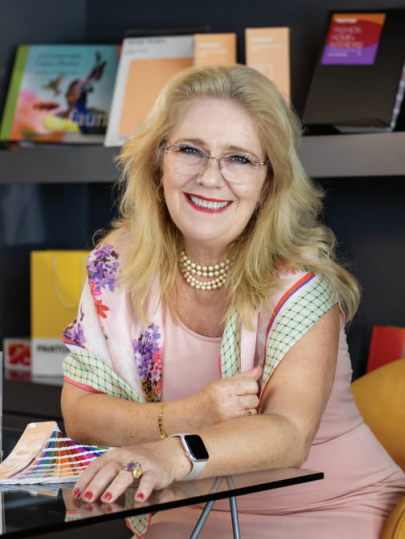
“For the home appliance and consumer electronics industry, understanding and anticipating color trends can be a competitive advantage.”
With the evolution of design and changing consumer demands, new colors in consumer goods and appliances are transforming the market. “We have already had major global brands licensed with prior authorization to use the Pantone® Color of the Year, such as Keurig and KitchenAid,” Blanca shares. These licensees have the opportunity to launch their products featuring the Pantone® Color of the Year, using the official brand seal, which gives them a competitive edge by aligning their products with a global trend.
“We believe that the evolution of global consumer preferences is reflected in the choice of the Pantone® Color of the Year, always announced in December of the previous year. In other words, in December 2024, the Color of the Year for 2025 will be launched.” The choice of colors in product design is strategic, directly influencing consumer perception and purchase decisions,” Blanca explains.
With Pantone® colors setting trends across various industries, brands can connect with consumers in a more emotional way, offering products that not only meet functional needs but also reflect global trends and contemporary aesthetic desires.
Sustainability and Its Impact on Colors
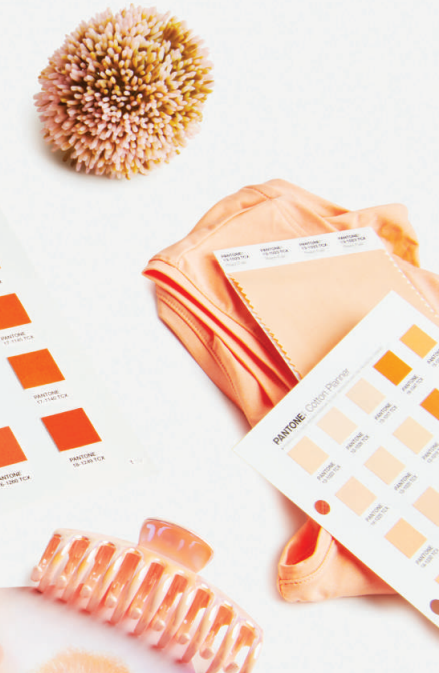
Environmental issues have become a non-negotiable clause in design development, as it’s important to reduce the impact caused by technological advancement and pollution, asserts Blanca. Current color choices seek to align products with ecological and social demands, creating solutions that meet both aesthetic appeal and a commitment to the environment.
Pantone® is innovating with product lines that follow new sustainability protocols, such as TPG – Textile Paper Green, and the recent innovation with more organic base paints in its best-selling product, the Formula Guide. “It’s evident that the home appliance industry needs to reflect on the impact of its actions on the environment, adapting to more sustainable industrial processes, including the use of colors produced in a more organic manner for their products,” Blanca emphasizes.
Source: Eletrolar News Magazine ed. 163


